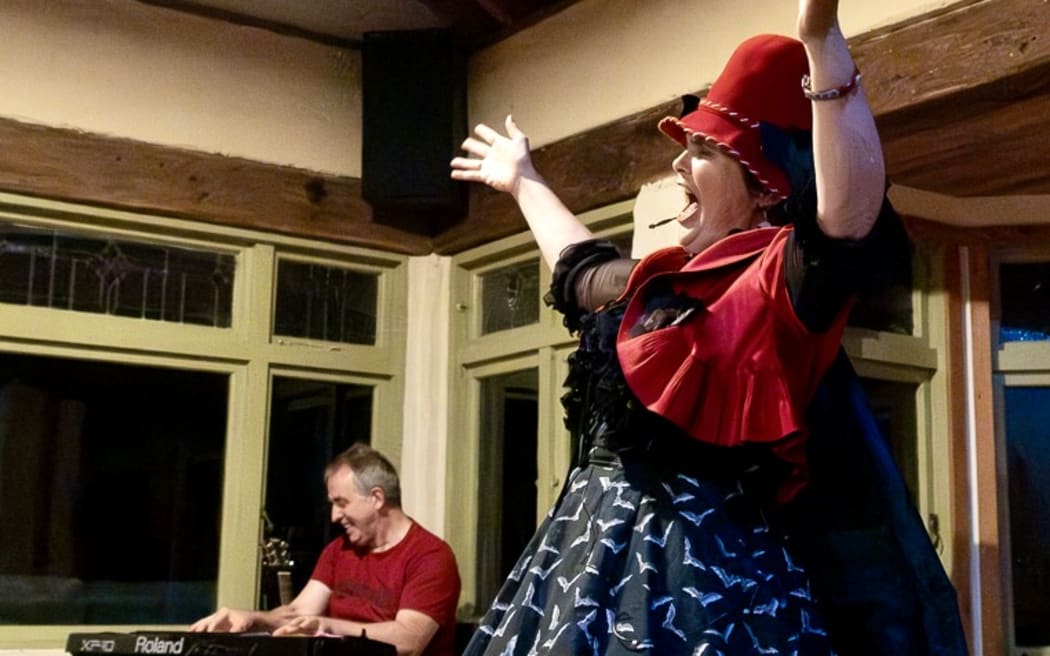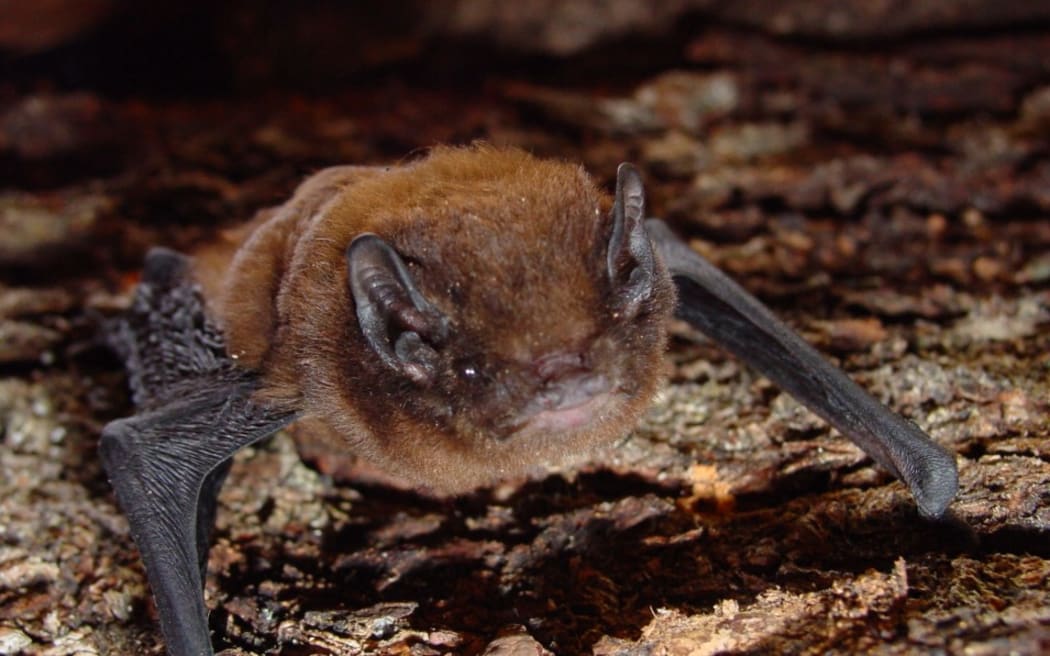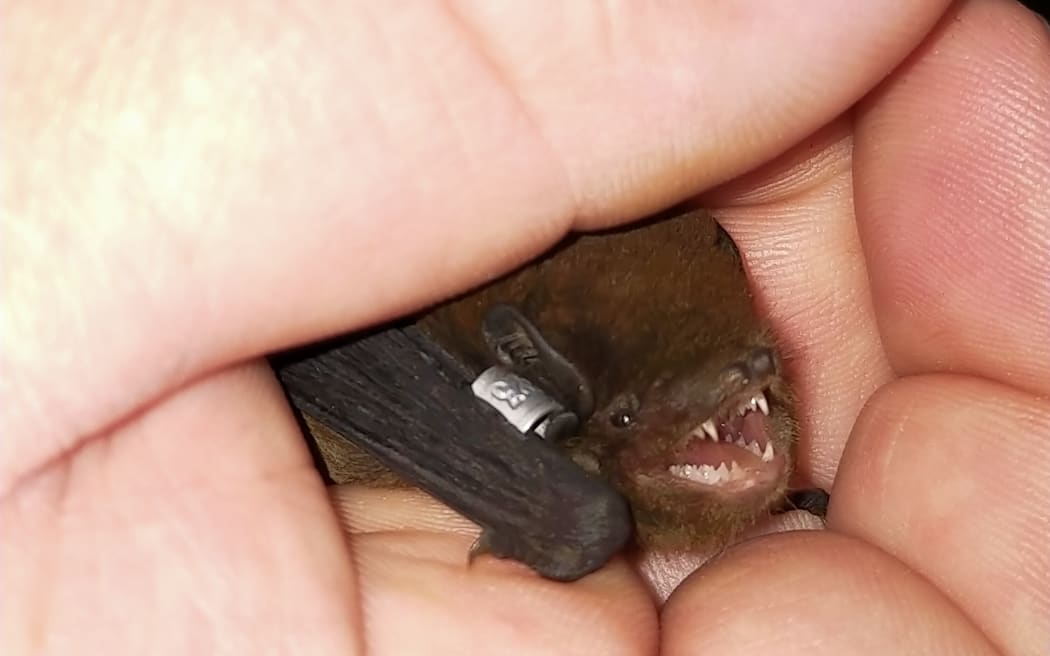
Peter Forster and Tanya Batt Photo: Supplied
It was destiny, without a doubt. Tanya Batt was born with that name, so of course she would develop a fascination with the order Chiroptera.
The Waiheke Island-based performer and storyteller loves bats. She's been to bat conferences, and she's persuaded her musician partner Peter Forster to become the other half of the duo behind the show Bat's Incredible.

Photo: Supplied
The show makes its Hamilton debut as part of the Hamilton Arts Festival later this month. About time, too, given the city has the nation's largest urban population of pekapeka-tou-roa, the long-tailed bat.
The fact that it's one of only two native mammals found on mainland Aotearoa makes it doubly special.

The Waikato: bat central. Photo: 123rf
Speaking to RNZ Concert host Bryan Crump, Batt and Forster say they've yet to experience the bats of the Waikato, but Batt has been on after-dark tours of Chiroptera strongholds such as D'urville Island.
"I guess because of my last name, I felt some allegiance to bats in general, and they're the kind of animals that get vilified and I'm a person who's a bit for the underdog really," says Batt.
"If there's bats to be had, I try and find them."
New Zealand bats are 'microbats'. Small. Your average pekapeka-tou-roa would fit comfortably in palm of your hand, with a wingspan a little smaller than a sparrow.
The best time to see them is at dusk or dawn, as they go to and from food hunting expeditions. In the case of Hamilton, that's along the Waikato River.
"Our pekapeka like to eat insects," says Batt, "so they're probably doing a good job of keeping the mosquito population and other bugs down."
They tend to live in the hollows of old or dead trees which, as Batt points out, is a reason to value dead and dying trees along the river, rather than rushing to remove them.

The pekapeka-tou-roa, doing its bit for Hamilton night life. Photo: Colin O'Donnell / Forest and Bird
But Batt and Forster's show of song, storytelling and comedy for children of all ages is not just about the local bat talent. They tell tales of Chiroptera from around the world.
There's stories of vampire bats in the Americas, eight-eyed bats in Hawai'i, to mention just a couple, and woven through those stories are "bat facts".

Small but perfectly formed, and that's just the teeth. Photo: Department of Conservation
And it's true that there are bats which feed on human blood, but such bats don't turn into vampires.
"Those bats really just drink blood as part of a well-ordered diet. They eat nectar, insects, a little bit of blood on the side," says Batt.
If you have a thirst for more information on bats, or (like your average bat) you enjoy a good night out, be sure to be at the Hamilton Gardens on Friday evening February 23rd.

